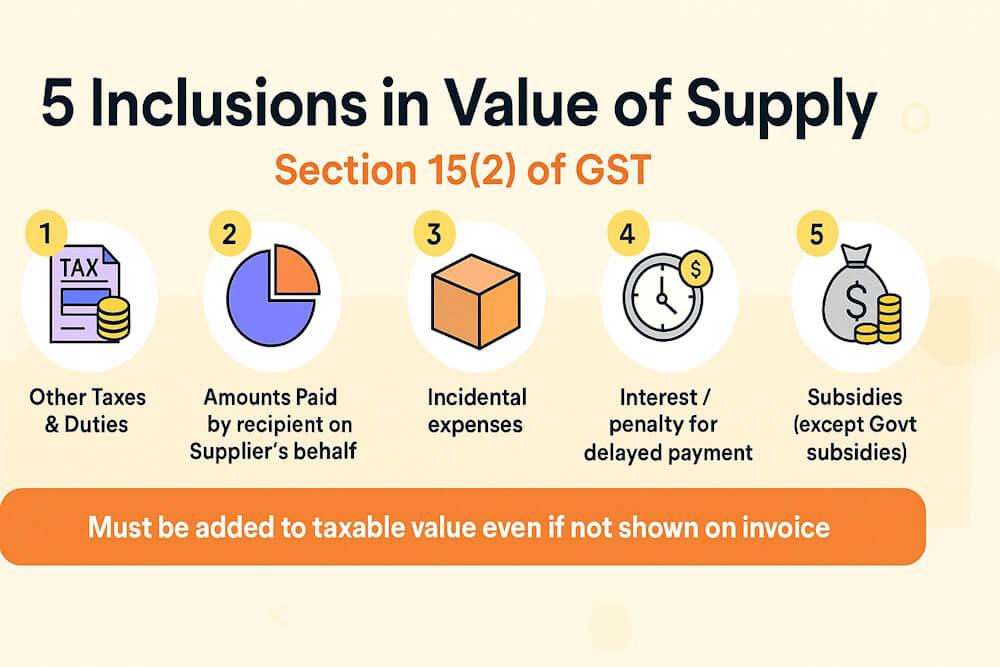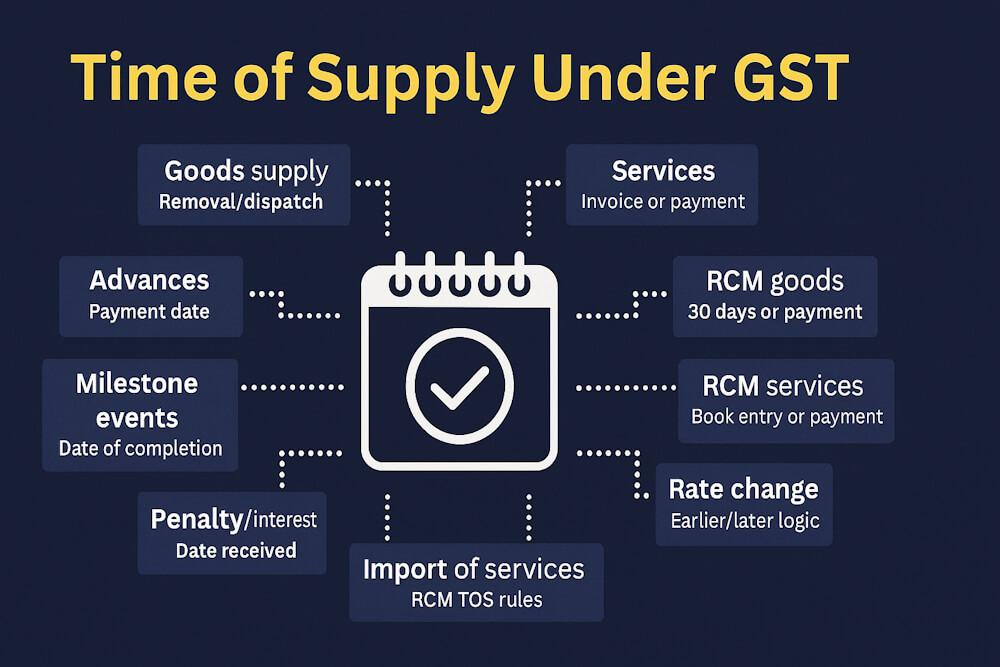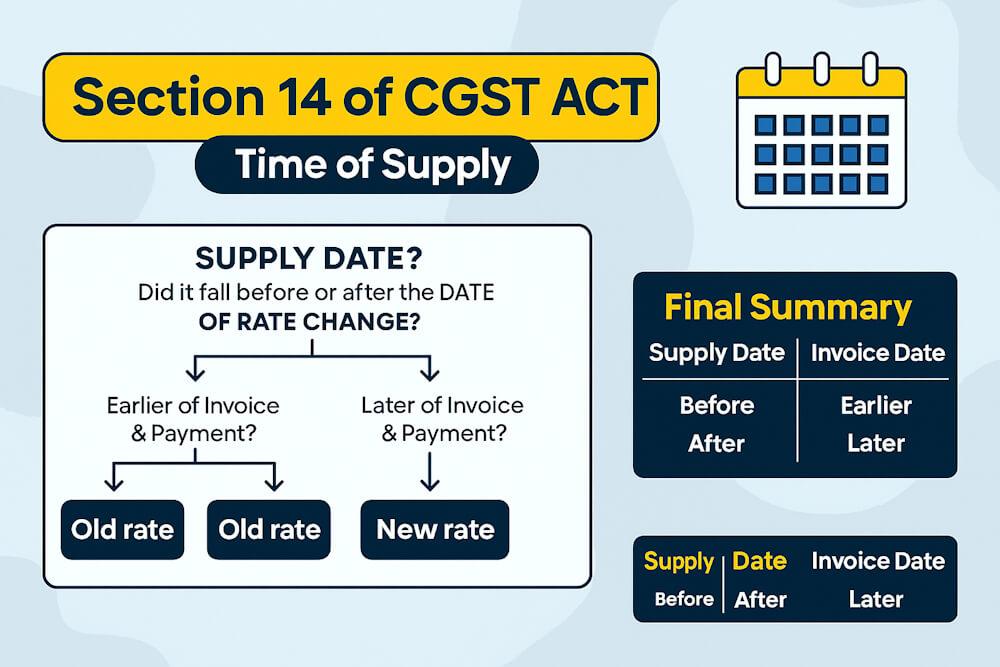Strategy for Development of Transformation Plan
There are plenty of reasons why businesses can initiate a transformation program, and here are some. Regardless of the pains behind the need for the transformation, without a clear strategy that aligns participants, the transformation will never succeed.
Below are the 6 main steps you need to go through to develop a well-structured plan that can lead to the success of your transformation program.
1. Program Initiation
This step is essential for identifying the key stakeholders for this transformation program and announcing the duties of each participant in the program.
2. Recognizing the Current Situation
You might think you know your business well. I suggest you rethink this. Go out of your office and monitor exactly how the business is being done.
Find out what the current business processes are and see any bottlenecks that processes run through, or possibly any inefficiencies. Check out support functions that might get affected by such a program.
Assessing the current situation does not only stop at internal factors—it also includes external factors, such as economic trends, competition, and other market conditions.
3. Identifying the Needs for the Transformation Program
What are the CEO’s pains? What makes him sleepless at night? What is competition doing better than you are? What new emerging technology can you utilize to get better business results that put you ahead of your industry peers?
The need for a transformation program doesn’t happen overnight. There must be a reason behind it, and the reason should be made very clear to everyone involved.
4. Decide Where Your Business Wants to Be
This is done through redefining your vision after the successful completion of the transformation program.
5. Design How You Will Achieve This New Vision
It can be a new business model. It can also be through acquiring new companies. It can also be by employing new skilled employees.
Additionally, it can be through training your people to do things differently and help them acquire new skills.
It can be through a combination of all of the above.
6. Plan the Transformation
Change involves plenty of risks. Without proper planning, a company can go out of business if the transformation strategy is not executed properly.
An initial estimate of the costs and schedule is needed at this point. Besides, a risk mitigation plan is also necessary, which you must be ready to engage in case anything does not work out as expected.
Digital Transformation Strategy
5-Step Plan for Business
Digital transformation is everywhere. Every single business and organization in every industry is shifting towards technologies in some way.
Each company has its own way to embrace innovation. However, they all share a common challenge — the digital transformation journey is complex, and it comes with serious investment and possible risks.
Therefore, every business should have a sound strategy before starting any new digital project or enhancement. A thorough analysis and relevant roadmap will help predict possible risks, justify the cost of transformation, and ensure successful results at the output.
Step 1. Determine Goals
Understanding of digital transformation has changed over time. Today, it goes beyond making an app or opening an IT department in the company.
Instead of upgrading single operations or processes, digital transformation allows you to revise the whole business, enhance its competitive advantage, and even develop a new one.
At this step:
- Consider long-term goals, short-term objectives, and resources available to you.
- Focus on your competitive advantage and the means to enhance it.
- Think of new digital KPIs that would help you assess and measure the results.
Step 2. Analyse Market and Competition
This step is particularly important in light of recent technology development and market dynamics. Today, more and more companies and even industries fall prey to disruptive businesses.
Not so long ago, Uber made some of the largest yellow cab companies bankrupt. Almost every company in the automotive industry invests in electric cars and self-driving technologies—or otherwise, they risk fatally lagging behind.
Even small entrepreneurs choose large-scale marketplaces like Amazon over building their own webshops to reach customers.
At this step:
- Consider digital technologies, platforms, vendors, and solutions in your vertical.
- Analyse both existing competition and emerging business models and disruptive technologies around and nearby.
- Go beyond your industry and explore success stories in other fields.
Step 3. Assess Your Current Standing
At this step, you have to use analytics. You need to analyse your technology expertise and digital infrastructure, tools used in your business process, check your digital systems against up-to-date technology and future trends, as well as possible integration and upgrade solutions.
This assessment will help you prioritize the efforts and investment into your digital transformation.
Eventually, you will be able to find out what needs an update, what processes you can automate or optimize, and what digital tools you have to get rid of.
Also, you should dig for a super asset that can bring value in the course of your digital transformation. Assess your data potential, whether it’s user behavior datasets, sensor data at manufacturing facilities, or customer satisfaction results.
At this step:
- Assess how well digital tools you use address your current and future needs.
- Consider integrations with leading platforms in your industry.
- Analyse your data potential and consider tools to leverage this asset.
Step 4. Make Customer Research
The goals you define at the first stage will shape your digital transformation roadmap. However, your customers’ goals are not less important.
So, you need to examine your target audience and make sure your efforts and investment go along with customer requirements and preferences.
At this stage, you should revise existing experiences, analyse digital channels that connect (or could connect) your company with your audience, and if possible, collect customer feedback.
At this step:
- Research existing customers and new audience groups.
- Study customer experiences and collect necessary feedback.
- Choose the right digital channels to connect with your audience.
Step 5. Prepare Your Infrastructure and Talent Strategy
The last but not least important step on the way to digital transformation is to assess and adjust your infrastructure to upcoming changes.
If you don’t have it yet, you may need to bring in a digitally competent leadership in the company—Chief Digital Officer (CDO), Chief Information Officer (CIO), or another executive to monitor the transformation.
Then, revise skills and knowledge in the company and prepare employees for the transformation. In this context, you may consider:
- Training
- Qualification upgrades
- Hiring new professionals
- Or choosing outside teams or agencies to help
Read the related article -





